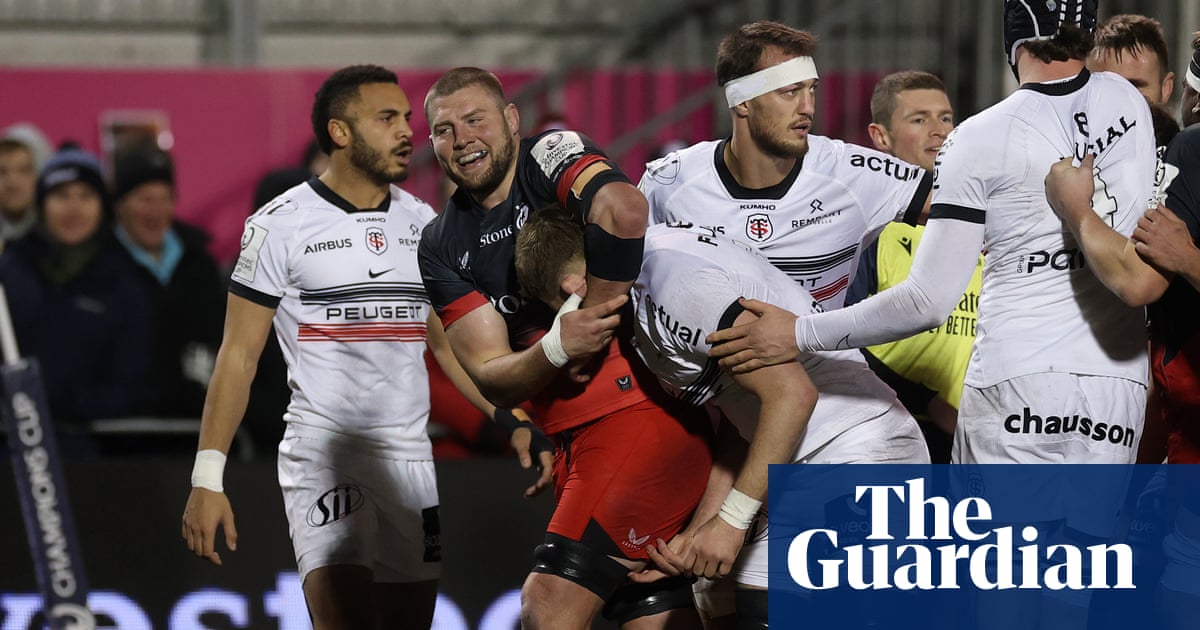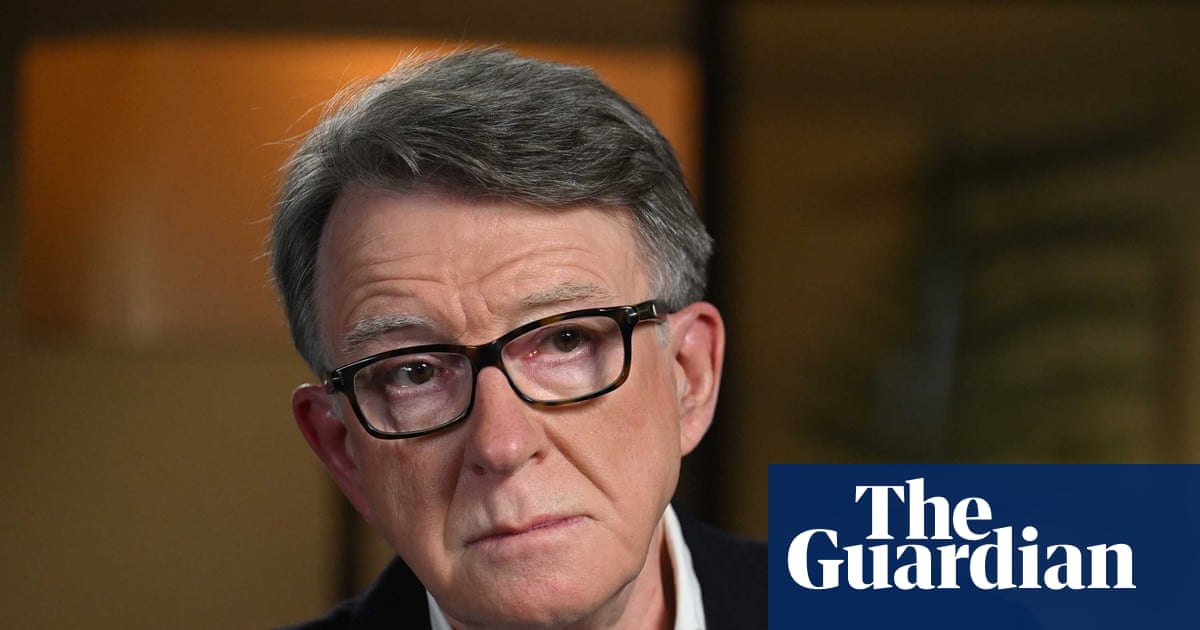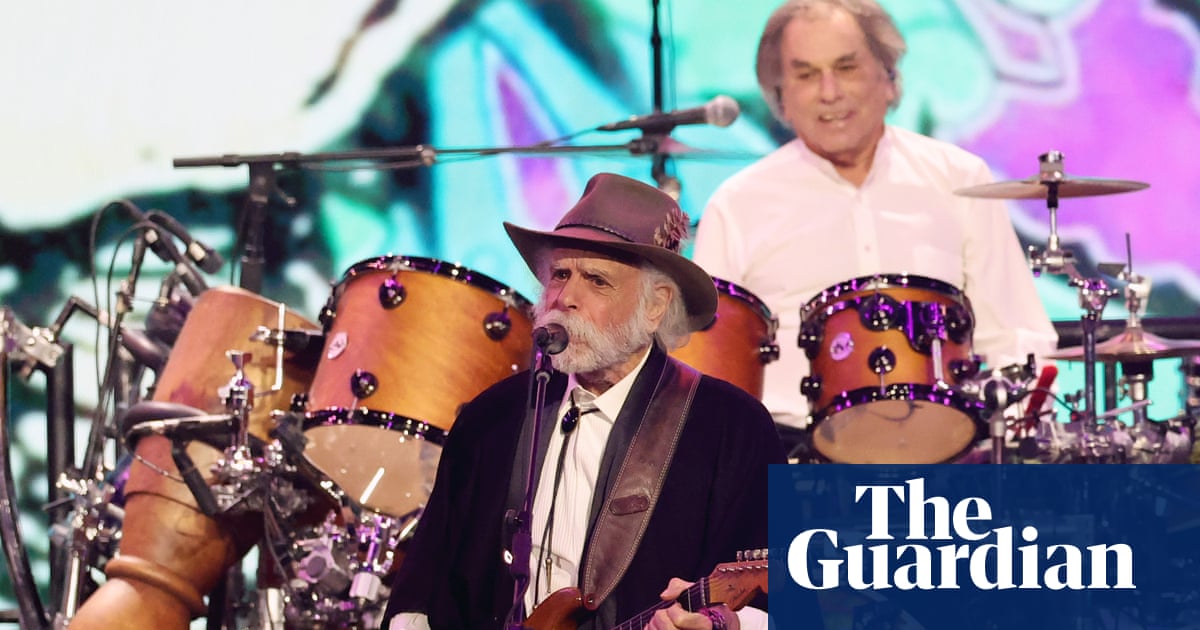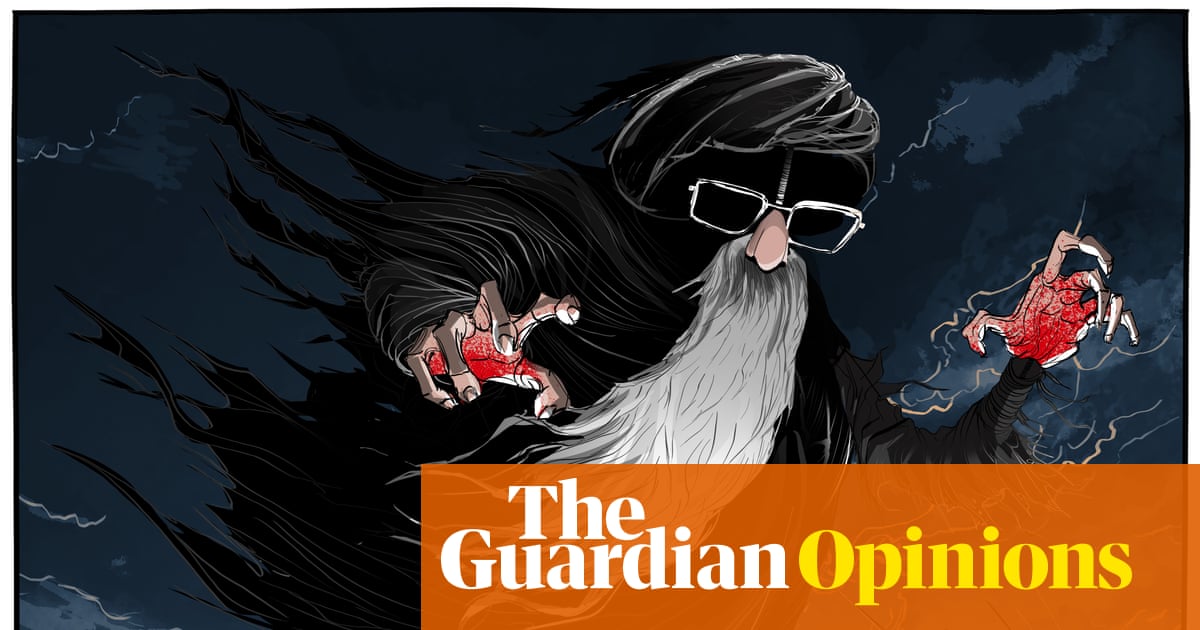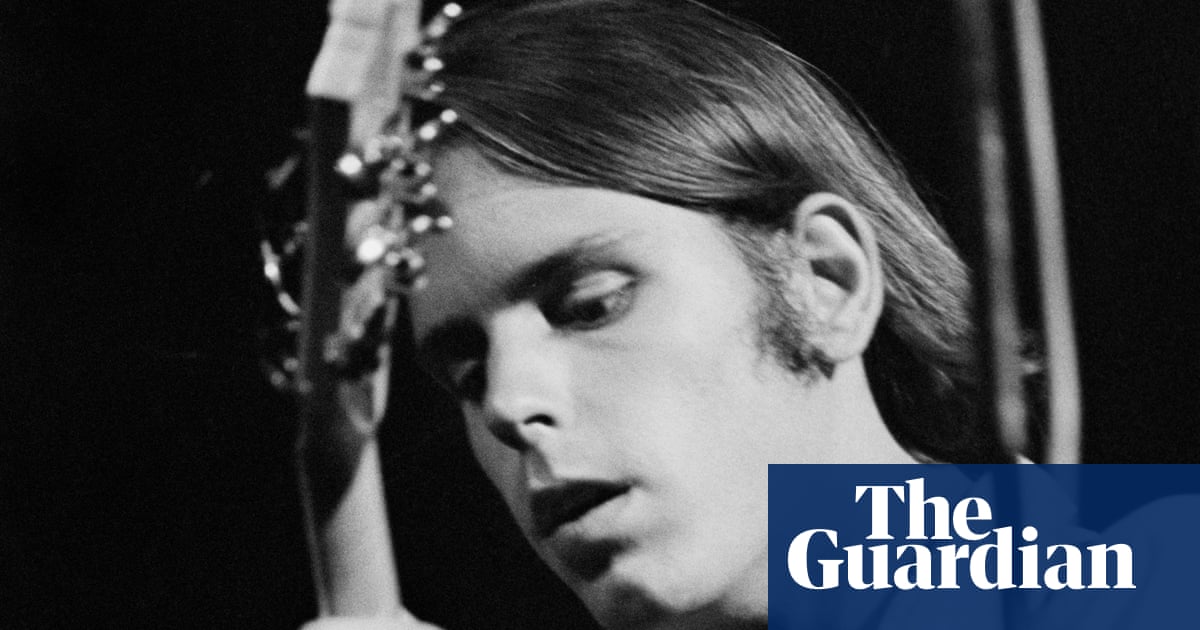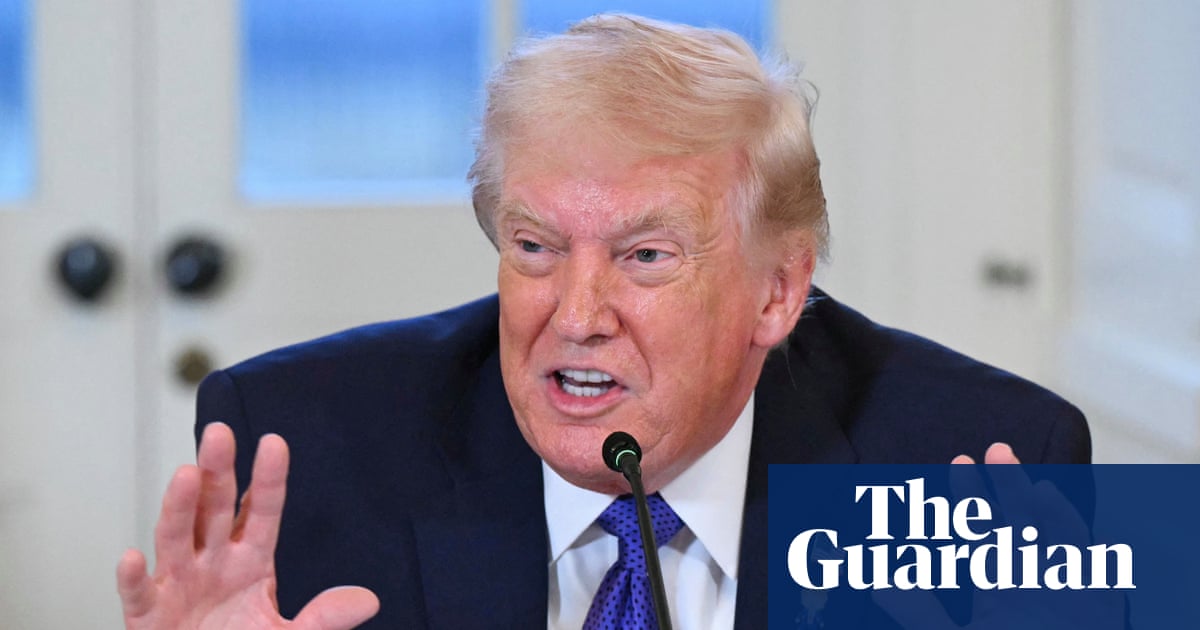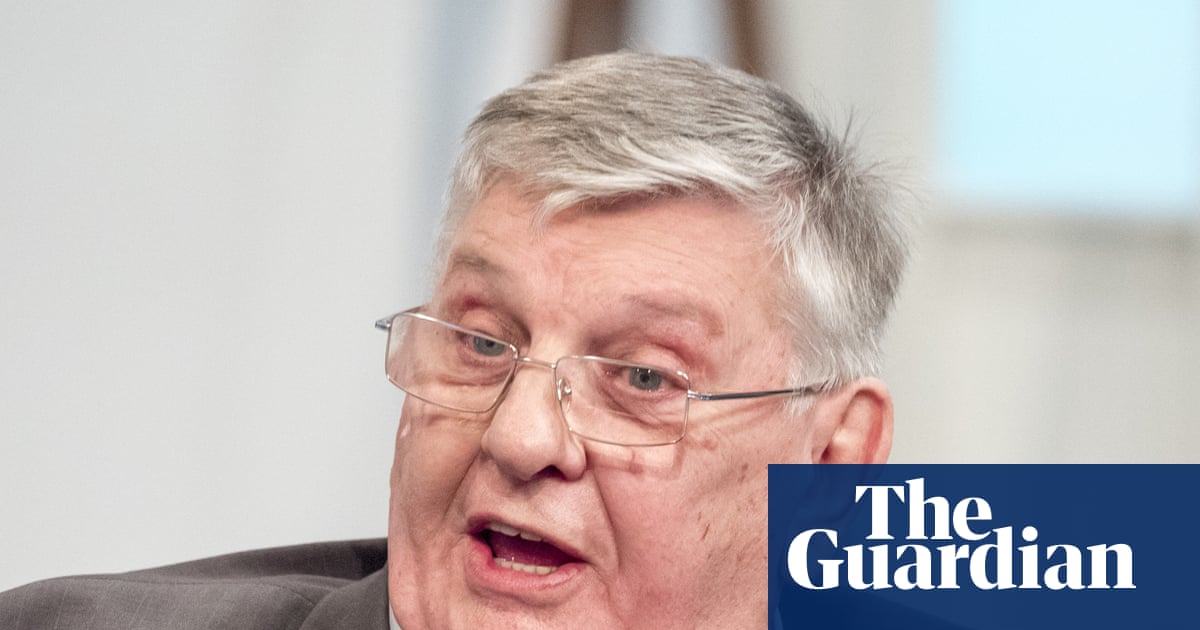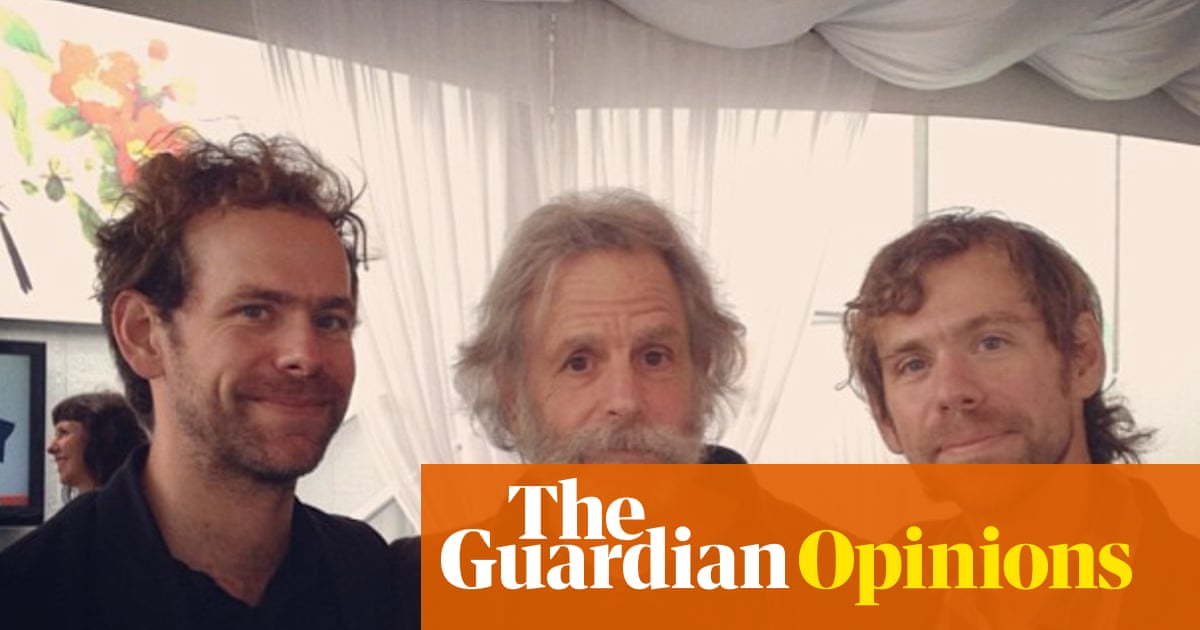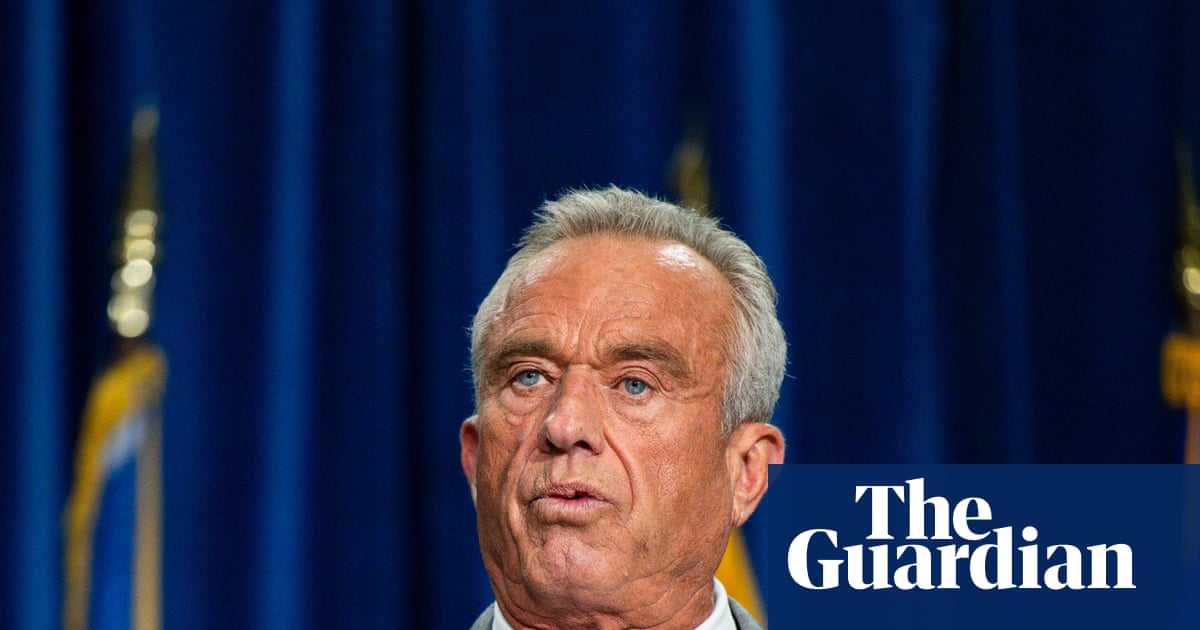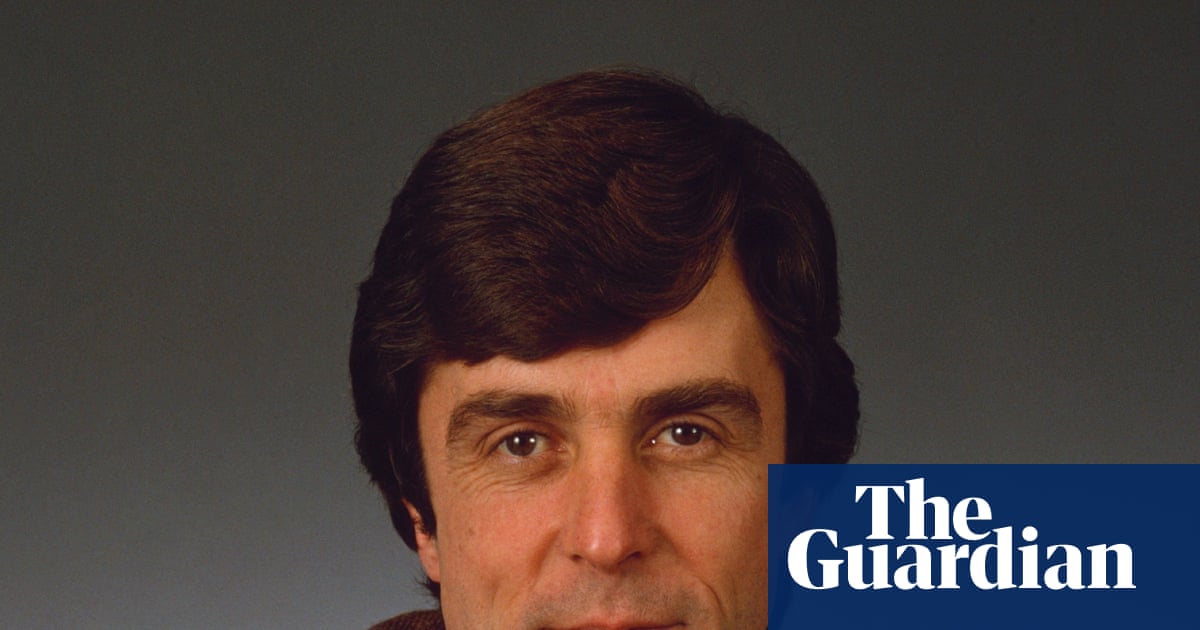Terence “Bud” Crawford made history on Saturday night in Las Vegas, outpointing Saúl “Canelo” Álvarez by unanimous decision to become the undisputed super-middleweight champion of the world.
Before a record crowd of 70,482 at Allegiant Stadium – the largest boxing audience in the city’s history – the 37-year-old Crawford moved up two weight classes to hand Mexico’s biggest star only the third defeat of his career. The judges scored it 116-112, 115-113 and 115-113, all for Crawford, who improves to 42-0 with 31 knockouts. (The Guardian had it 118-110.)
Already the first man of the four-belt era to unify titles in two weight classes, the Nebraskan now adds a third, an achievement without precedent in modern boxing. Having captured world titles in four divisions spanning 135 to 154, he’s now added a fifth at 168. It elevates him from generational talent into the all-time realm of lionhearted weight-jumpers like Harry Greb, Henry Armstrong, Roberto Durán and Manny Pacquiao.
The opening rounds were a high-level chess match brimming with tension between two master operators. The switch-hitting Crawford, boxing as a southpaw, worked behind his jab, matching Álvarez’s body shots before finding openings upstairs. By the middle rounds he was no longer just surviving the Mexican’s pressure but dictating the rhythm. Álvarez’s feet looked plodding, his jab uncertain, and too often he followed Crawford in straight lines, absorbing punishment without giving much back.
The sixth round marked a turning point. Crawford began standing his ground in exchanges, landing sharp left hands and swelling the area under Álvarez’s right eye. From there the American grew bolder, befuddling his opponent with slippery lateral movement, planting his feet when he chose while out-throwing and out-landing the defending champion. The chants of “Ca-ne-lo!” that rang early were gradually met, and sometimes drowned out, by counter-chants of “Craw-ford!”
Álvarez had his moments, especially to the body, but he never found a second gear or alternate plan of attack. By the ninth round he was visibly frustrated, lunging with single shots while Crawford picked him off with combinations. An accidental clash of heads briefly stopped the action, leaving Crawford with a cut that required stitches, but he grinned through it and went back to circling on his toes. In the championship rounds he was in total command, firing three-punch flurries, smiling at counters and even trading in the pocket without hesitation.
“Canelo is a great champion,” Crawford said afterwards. “I’ve got to take my hat off to him. He’s a strong competitor. Like I said before, I’ve got nothing but respect for Canelo. I’m a big fan of Canelo and he fought like a champion today.” Asked about his future, he was non-committal. “I don’t know. I’ve got to sit down with my team and talk about it. I’d just like to say thank you to all the supporters, thank you to all the haters. I appreciate all of y’all.”
For Álvarez, 35, it was a sobering night. The four-division champion, entrenched at 168lb for nearly seven years, was at times made to look ordinary by a smaller man whose timing and economy bridged the gap. He falls to 63-3-2, his first loss since Dmitry Bivol outpointed him at light heavyweight in 2022.
The scale of the event underlined the scale of the achievement. Allegiant Stadium, the $2bn home of the NFL’s Raiders, had never hosted a fight. The crowd more than doubled the previous Las Vegas record of 29,214 set in 1982 for Larry Holmes v Gerry Cooney in a temporary tstadium raised in the Caesars Palace parking lot. Millions more watched on Netflix, which streamed the card at no extra cost to subscribers. For a sport long built on the pay-per-view model, it was a striking change: swapping the money-churning paywall for reach and spectacle.
This was also the debut of Dana White’s Zuffa Boxing under TKO Holdings, backed by Saudi investment, arriving amid political maneuvering in Washington over a new Muhammad Ali American Boxing Revival Act that could reshape the sport’s regulatory landscape. But the noise around business and politics was drowned out by the clarity and splendor of the main event: one fighter executing his craft at the highest level.
Crawford has built his reputation on problem-solving. Time and again he has taken a few rounds to download an opponent’s rhythm before flipping the geometry in his favor. He did it to Yuriorkis Gamboa, to Shawn Porter, to Errol Spence Jr. But after years of being denied opportunities against name-brand fighters and the mainstream recognition that comes with it, he did it again on Saturday against the sport’s biggest star, neutralizing Álvarez’s strengths, dictating the range and gradually tightening the screw.
The scorecards reflected the closeness of the individual rounds but not the tenor of the action. By the final bell Álvarez looked weary and resigned to the outcome, swinging with hope rather than conviction. Crawford was fresh, elusive and in control of every exchange.
For Álvarez, victory would have confirmed his supremacy at 168lb. Instead it was Crawford who transformed his legacy. Not in a casino ballroom or half-full basketball arena, but before the largest fight crowd the city has ever seen, streamed into millions of homes around the world.
The kid from Omaha who once survived a bullet to the head now stands as one of boxing’s all-time greats. On a Mexican Independence Day weekend all but purpose-built for Canelo Álvarez, it was Terence Crawford who etched his place in fistic lore.

 3 months ago
120
3 months ago
120
